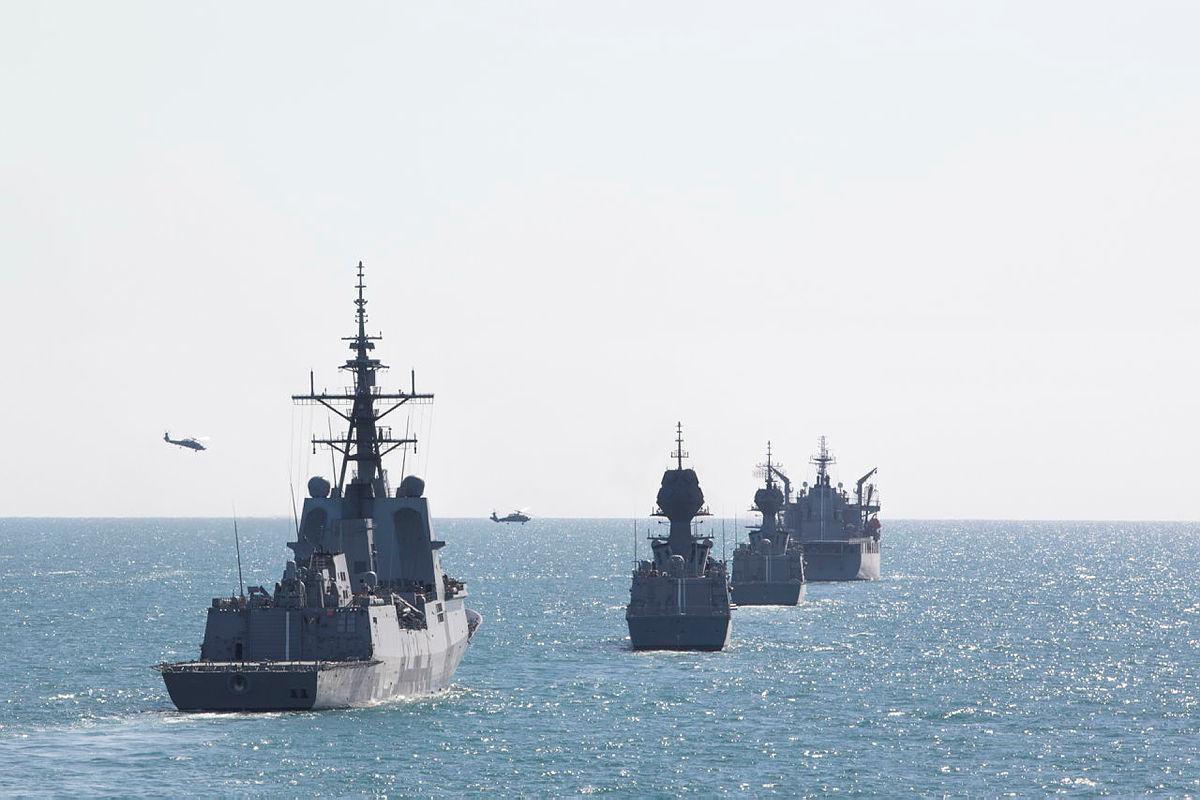
On 1 July, Australia unveiled its 2020 defence strategic update, which redefines the country’s strategic priorities and its response to the rapidly evolving regional security landscape. From Cambodia’s point of view, two key components in the revised defence policy warrant mentioning.
The first is Australia’s plan to direct greater attention and resources to its immediate region, ‘ranging from the north-eastern Indian Ocean, through maritime and mainland Southeast Asia to Papua New Guinea and the South West Pacific’. The update aims to shape Australia’s strategic environment, to deter actions against its interests, and to respond to threats with credible force.
To attain this goal, Canberra has committed $270 billion over the next decade to boost the capabilities of the Australian Defence Force. The update has a strong focus on offensive capabilities in the land, maritime, air, space and cyber domains. That will include acquisitions of long-range combat systems, such as Lockheed Martin’s AGM-158C long-range anti-ship missile, or LRASM, and hypersonic weapon programs, which will increase the costs for adversaries planning to attack Australia and deter those threatening its interests.
Viewed from Cambodia, the update’s second key aspect is its grim assessment of the deteriorating security landscape in the Indo-Pacific. As the United States and the People’s Republic of China ramp up their strategic competition, Australia sees stability declining ‘more rapidly than anticipated’ and considers the prospect of a high-intensity interstate conflict ‘unlikely’ but ‘less remote’ than four years ago.
This disturbing assessment provides a signal to Cambodian leaders about the risks and challenges lying ahead of them.
Cambodia may well entertain the notion that the US and China are engaging in a Cold War–style strategic contest in Asia. Rhetoric between leaders in Washington and Beijing, inflamed by the Covid-19 pandemic, a shift in the US’s position in the South China Sea maritime disputes, and China’s increasingly aggressive foreign policy and military postures around the world, seems to have pushed the trajectory of their bilateral relationship towards more hostile territory. Singaporean Prime Minister Lee Hsien Loong has warned that Southeast Asia may need to choose between Washington and Beijing. Given what has occurred so far in 2020, that may happen sooner than expected.
The most viable foreign policy option for Cambodia is to continue to promote a rules-based regional order that embraces not only the US and China but also middle powers such as Australia to keep the Indo-Pacific free of great-power competition and open to free trade, cooperation and peace. This can be done bilaterally with foreign partners and multilaterally through regional platforms led by the Association of Southeast Asian Nations. The ASEAN Defence Ministers’ Meeting is one forum in which Cambodia can act collectively with fellow member states to engage in regional security dialogues, promote practical partnerships in military and non-military areas, and build confidence and lessen the risk of miscalculations.
The update recognises the erratic, if not declining, nature of the US presence in the Indo-Pacific, especially under President Donald Trump. Even though it’s a US ally, Australia realises the need to be able to deter threats against its interests.
Cambodia should view the update as a sign of Australia’s determination to uphold a rules-based regional order, from which the region can benefit diplomatically and economically. Phnom Penh should step up its political, economic and military engagement with Canberra to ensure that this middle power remains a robust contributor to a liberal international order in Asia.
This does not necessarily mean that Cambodia should side with Australia and its US ally against China. As a small state, Cambodia should continue to hedge by concurrently engaging multiple external partners through pragmatic cooperation on issues of shared interest, candid assessment of policy differences, people-to-people exchanges, partnerships between academic and policy communities, and governmental dialogues.
In the update, Australia has indicated a bold and long-term interest in maintaining a stable, peaceful and prosperous Indo-Pacific in which big, middle and small powers can co-exist peacefully. Cambodia should view the revised policy as an opportunity to invigorate its bilateral ties with Australia and, through ASEAN, engage this middle power deeper into regional security structures. A militarily capable and regionally involved Australia is critical for Cambodia’s foreign policy and for the future of stability and peace in the Indo-Pacific.